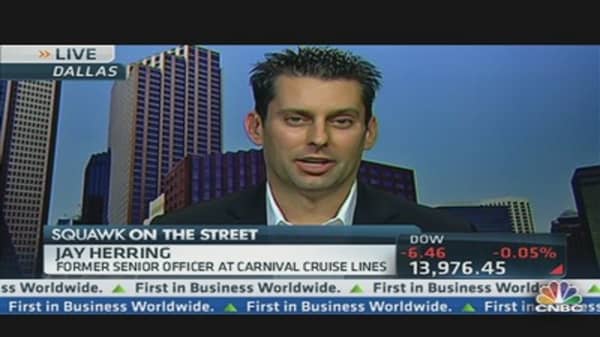It's hard. Many things are moving, and not always in predictable fashion. Miscalculations can be deadly.
When I was a young reporter, I covered shipping on the West Coast. I had occasion to board a freighter as it cruised up San Francisco Bay (I was working on a story about longshoremen doing floating pickets against ships serving a new steel mill on the Sacramento River, fascinating stuff). I went on a pilot boat, the cruisers that place licensed harbor guides on foreign ships as they approach U.S. ports.
As we approached, the seesawing of our vessel versus the bigger ship was very pronounced, a good 6 to 10 foot up and down. A "Jacob's Ladder" (a dual rope ladder with wooden planks strung in-between for steps) was lowered down. You had to step your way out on the dipping/rising foredeck and make your grab for the ladder as the pilot boat swung in and momentarily sidled up to the freighter. Then it was about a 30-foot climb up, give or take, holding the ropes and stepping up plank by plank.
And there was a lot of churning water below…between the two ships as well as all around them. There was wind. In short, a lot of moving parts -- water, wind, ships, and me. And the ships, I was told, had to move for the maneuver as they tend to bob and pitch more if they are not underway. Of course, if you fall off a big ship while it is underway, there's a good chance you'll be sucked under it -- and back into the props.
That was in the early 1990s. I imagine (hope) some of the equipment (that slippery ladder) is better now than it was then. But all those moving parts are still there. And heck, I was doing it in the relative calm of bay waters, not out in the real ocean (where, by the way, most pilots have to make their transition). It's not something I imagine a lot of cruise passengers would be up for.
The view changes at the waterline. It's dangerous. Really.




